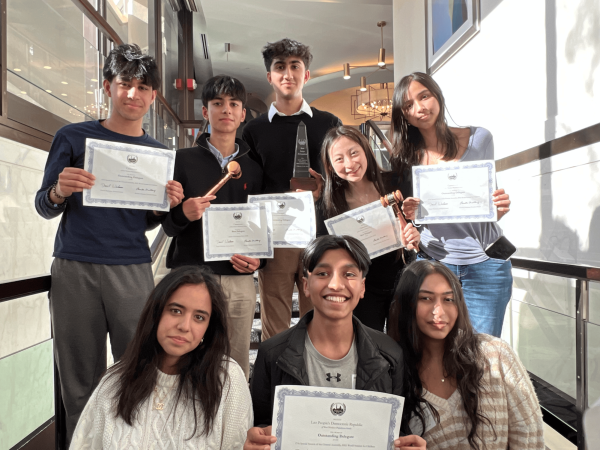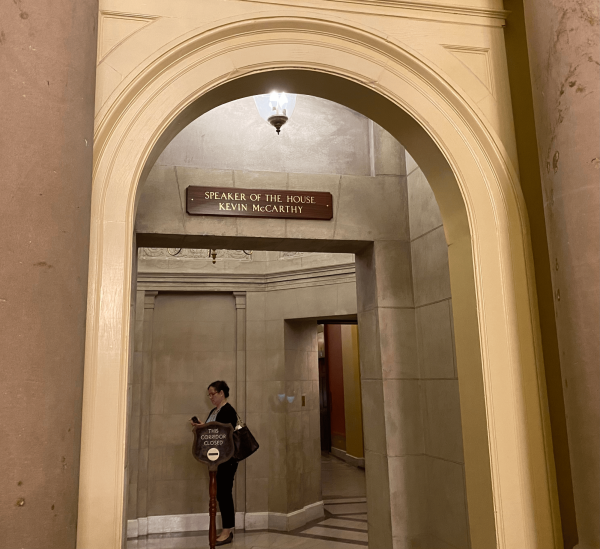Pandemics in the past
June 23, 2020
There are 9.2 million positive cases of the coronavirus worldwide, according to Johns Hopkins University and Medicine. The way we are handling the coronavirus today is directly influenced by how we dealt with pandemics of the past: plague, Spanish flu and smallpox pandemics.
Plague — First Use of Quarantine
Plague, a disease caused by the bacterium Yersinia pestis, was the deadliest pandemic resulting in more than 30 million deaths during its first outbreak in 541 A.D, according to a National Geographic article by Kher Than. Bubonic plague spread through the Middle East and Europe and was characterized by swollen lymph nodes, called buboes, giving the disease its name. After the outbreak in 1346, quarantine came into practice.
In Ragusa (modern-day Dubrovnik), Croatia, the city’s Great Council passed legislation for the mandatory quarantine of ships and trade caravans from infected areas in 1377. The sailors and traders were isolated for 30 days in the town of Cavtat or the island of Mrkan, according to Kristin Vuković in an article on the BBC website.
The people of Ragusa understood that asymptomatic people had to be isolated to ensure that sailors and traders are disinfected and do not have the disease. In addition to being a medical landmark, the practice of quarantine calmed the fear and panic induced by a pandemic.
We can thank the people of Ragusa for figuring out that quarantine is the best way to slow the spread of infectious diseases. And because of their understanding, in response to the emergence of the coronavirus in all 50 states, on March 15 the Centers for Disease Control and Prevention issued guidelines on quarantine and social distancing. Until a vaccine is made, this is the best method to mitigate the spread of the disease.
The Spanish Flu of 1918
The influenza pandemic of 1918, also known as the Spanish flu, infected about one-third of the global population. This pandemic was unusual because there was a high mortality rate among young, healthy people.
Today, we know what made the influenza pandemic so contagious: testing was unavailable and the federal government did not create any measures to stop the spread, according to the CDC. This was further exacerbated by infected soldiers who lived in crowded spaces and moved from place to place during World War I.
“If populations were more isolated, it certainly would be tougher for the disease to spread,” said biology teacher Matt Foret.
Following stay-at-home guidelines and testing are the best ways of containing the spread of the coronavirus.
The Variola Virus and the First Vaccine
The smallpox disease is caused by the variola virus and it has existed for at least 3,000 years, originating in India or Egypt, according to National Geographic. Some believe that it caused the first pandemic, the Antonine Plague, which occurred in the Roman Empire.
The road to finding a cure for smallpox was one of trial and error.
One early method to cure smallpox was called variolation. Variolation is a process where one is intentionally infected using dried smallpox scabs. This was risky because the patient could die or even spread a mild version of the disease, according to the U.S. National Library of Medicine.
Another procedure thought to cure smallpox was bloodletting. This practice emerged in Egypt and spread to Europe. It was not fool-proof either since it was often harmful, according to the National Center for Biotechnology Information.
Fortunately, a safer method was invented in 1796 by Edward Jenner.
Edward Jenner injected a boy with cowpox pus. Cowpox is a disease that affects cows. The cowpox virus is related to the variola virus. After exposing the boy to smallpox, he found that the boy was immune to smallpox because of exposure to cowpox. This was the first vaccine.
The smallpox vaccine laid the groundwork for the development of other vaccines. In fact, the word vaccine comes from “vacca,” meaning cow in Latin.
Scientists are currently working toward making the coronavirus vaccine.
Today’s Novel Coronavirus
10 to 15 years is the typical time needed to create a vaccine, as stated by the website The History of Vaccines. Usually, there are three or four phases of trials and manufacturing begins years after phase III. But today, scientists are speeding up the process by overlapping mass production with clinical trials. According to an article by Chloe Taylor on cnbc.com, 133 coronavirus vaccines are being tested, with 10 already in the clinical trial phase. Scientists are hopeful for a successful vaccine by 2021.
We should remember that humanity has survived many pandemics and we will get through this one.








